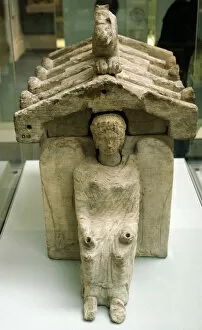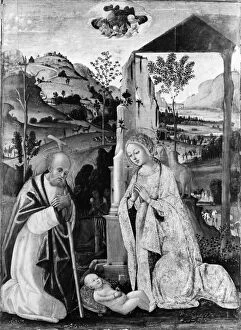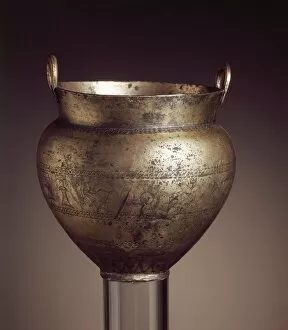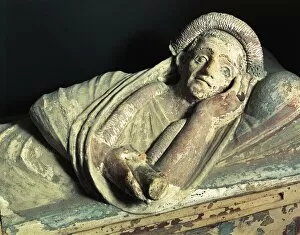Chiusi Collection
Chiusi, a charming town in Tuscany, Italy, is steeped in history and culture
All Professionally Made to Order for Quick Shipping
Chiusi, a charming town in Tuscany, Italy, is steeped in history and culture. From its ancient Etruscan roots to its picturesque landscapes, it offers a glimpse into the rich heritage of this region. One of the notable historical events that took place here was the Ms - Pope in Council. This gathering held significant importance during medieval times. The Etruscan influence can be seen through artifacts like the cinerary urn on a podium and the intricate details on tomb covers found in Chiusi's Chamber Tomb of the Pruni f. The beauty extends beyond its archaeological sites. A view of Sarteano showcases rolling hills and lush greenery typical of Tuscany's landscape. Alexandre Desgoffe captured this enchanting scenery with his painting "Landscape near Chiusi" back in 1841. Exploring further into Chiusi's past, we discover Porsennas Labyrinth—a network of underground passages built by the Etruscans—an architectural marvel that still fascinates visitors today. Art lovers will appreciate works such as "Silenus before Midas, " an engraving depicting Greek mythology brought to life. Additionally, sarcophagi found within the Tomb of Pilgrim display exquisite craftsmanship from the Etruscan civilization. It also boasts architectural gems like Duomo San Secondo's facade—a stunning example dating back to 1903—and Leonardo da Vinci's bird’s-eye view showcasing Arezzo, Borgho San Sepolco, Perugia, Chiusi, and Siena from around 1480 (1945). With its blend of history and natural beauty, it is no wonder that Chiusi continues to captivate visitors who seek to immerse themselves in Italy's cultural tapestry while enjoying breathtaking views at every turn.






























